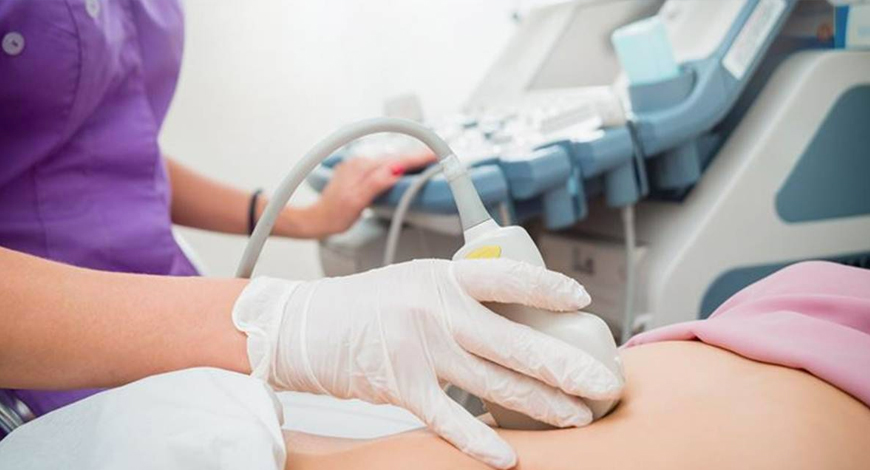Trends
Portable ultrasound market expected to hit USD 3.8 billion

The portable ultrasound market is expected to reach $3.8 billion by 2030, at a CAGR of 7.9% from 2024 to 2031.
The growth of the portable ultrasound market is attributed to the growing adoption of portable medical devices in emergency care settings, the proliferation of hospitals, and the increasing demand for handheld ultrasound devices in ambulatory care and dialysis centers.
The growing preference for portable ultrasound devices over standard ultrasound machines among healthcare professionals is expected to create growth opportunities for players operating in this market. However, reimbursement irregularities, poor image quality, and integration issues of portable ultrasound devices with existing digital health infrastructure pose challenges to the market’s growth.
North America is expected to dominate the global portable ultrasound market. North America’s significant market share can be attributed to the increasing preference for minimally invasive surgery, rising incidence of chronic disorders, growing occurrences of orthopedic injuries, and advancements in ultrasound imaging technology.
In 2024, the devices segment is expected to account for the largest share of the market. The devices segment is sub-segmented into portability, technology, and display.
Based on display, the portable ultrasound devices are further segmented into color ultrasound and black & white (B/W) ultrasound. In 2024, the black & white (B/W) ultrasound segment is expected to account for the larger share of the portable ultrasound devices market. This large share is attributed to the low cost, widespread availability, long-standing use in various medical settings, and primary applications in pregnancy for fetal monitoring and diagnosing liver, kidney, and uterine diseases.
The musculoskeletal segment is expected to register the highest CAGR during the forecast period of 2024-2031. The high growth of this segment is attributed to the rising geriatric population and increasing musculoskeletal disorders worldwide.
Portable ultrasound devices are becoming very common and are extensively used for several musculoskeletal imaging applications, such as guided interventional procedures, detecting soft tissue injuries, point-of-care, procedural guidance, real-time imaging, and AI-assisted imaging. Owing to this, physicians are turning to point-of-care ultrasound for a rapid diagnosis of the patient’s injury.
In 2024, the hospitals & clinics segment is expected to account for the largest share of the global portable ultrasound market. The large market share of this segment is attributed to the increasing hospitalizations due to chronic diseases associated with an aging population, increasing healthcare expenditure, the willingness of hospitals to opt for advanced imaging modalities, rising focus on providing point of care/bedside service to patients, and increasing number of healthcare facilities in emerging economies.
These ultrasound systems are affordable as compared to traditional ultrasounds. The selling price for portable ultrasound usually ranges from USD 30,000 to USD 50,000, while the selling price for traditional ultrasound ranges from USD 50,000 to USD 200,000. Owing to its cost-effectiveness, portable ultrasounds are increasingly being installed in various small-to-medium-sized hospitals and clinics.
Also, big multispecialty hospitals are adopting these ultrasounds as they can offer patient monitoring during various surgical procedures. These systems are also used in emergency departments (EDs), intensive care units (ICUs), operating rooms (ORs), delivery rooms/resuscitation rooms, diabetic care wards, and dialysis units. Research and Markets














